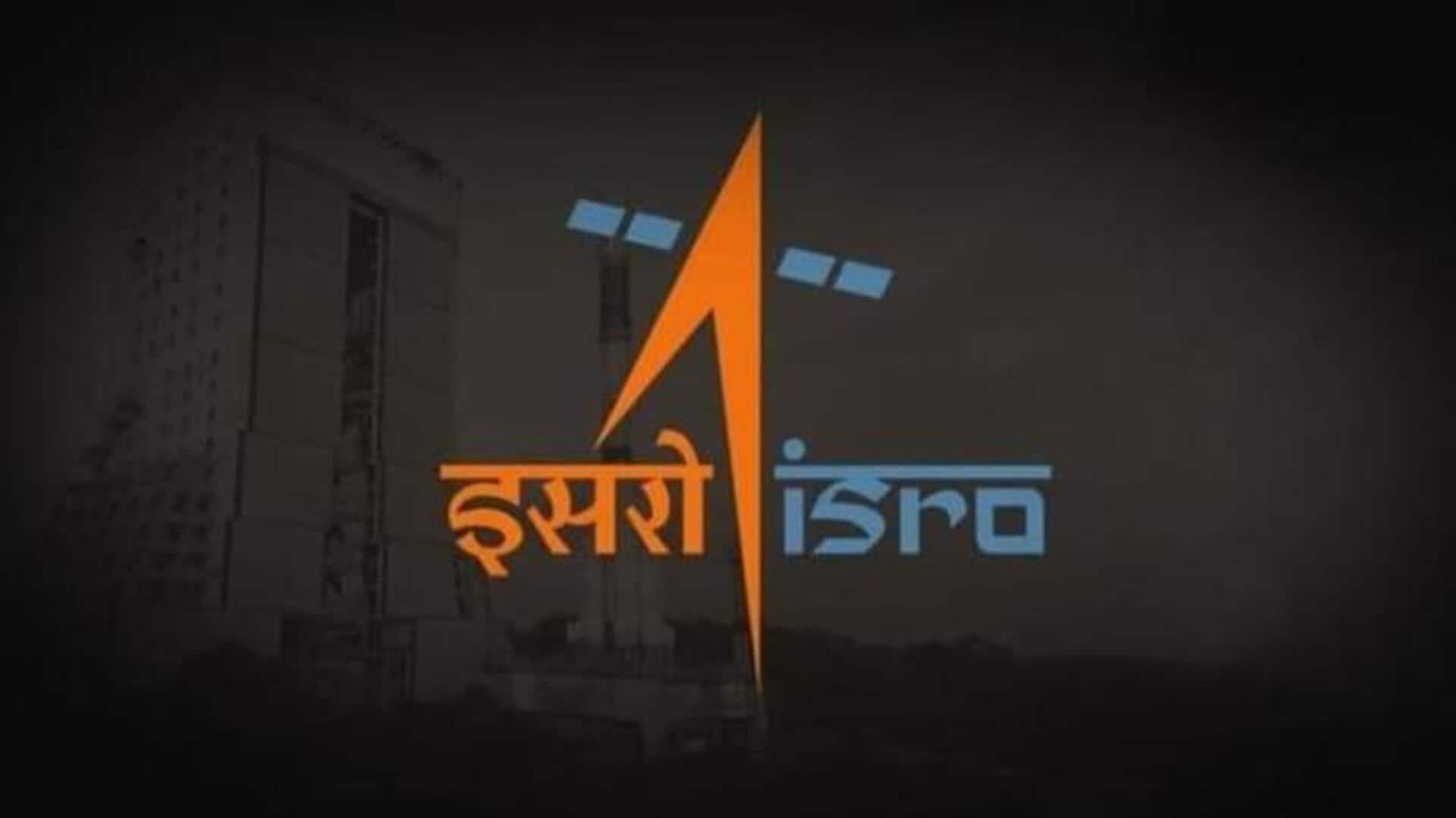
ISRO's Chandrayaan-3 capsule integrated with LVM3 rocket ahead of launch
What's the story
We are getting closer to the launch of Chandrayaan-3. It will be the third lunar mission for the Indian Space Research Organisation (ISRO). In the latest, ISRO has successfully integrated the Chandrayaan-3 capsule with the LMV3 (Launch Vehicle Mark 3) rocket at the Satish Dhawan Space Centre. The space agency is targeting to launch the upcoming lunar mission between July 13-19.
Context
Why does this story matter?
In recent months, Chandrayaan-3 underwent several important screenings in preparation for launch including a vibration and acoustics test and an engine propulsion test. Those tests turned out to be successful and now that the capsule-rocket integration has been done, all eyes are on the much-awaited launch which could happen as early as July 13.
Mission
Here's what the Chandrayaan-3 mission is about
Chandrayaan-3 will be a follow-up mission to Chandrayaan-2 from 2019. The latter was supposed to achieve a soft landing on the Moon's surface. However, it was not successful as the spacecraft crash-landed on the Moon due to technical issues. Chandrayaan-3 is designed to achieve the same objective—safe landing and roving on the Moon—and in doing so will achieve a major milestone.
Information
India could be fourth country to achieve lunar landing, roving
To date, only the US, Russia, and China have achieved landing and roving on the Moon's surface. With Chandraayan-3, India will join the coveted list of nations who have accomplished that feat.
Structure
Chandrayaan-3 will comprise a two-module configuration
Chandrayaan-3 will comprise a two-module configuration: a Lander module (LM) comprising a rover and a Propulsion module (PM). The net weight of the whole system is estimated to be about 3,900kg. The propulsion module is responsible for carrying the lander and rover components until 100km into the lunar orbit and will help the LM disengage from the PM.
Information
Chandrayaan-3 will use the orbiter that launched with Chandrayaan-2
The Chandrayaan-3 mission will rely on the orbiter that launched with Chandrayaan-2 in 2019 to help with communications. This orbiter is currently circling the Moon, carrying out investigations of the lunar surface.
Payloads
The mission will be carrying a scientific payload for NASA
The lander and rover modules on the Chandrayaan-3 mission will ship various scientific payloads to explore the Moon. Among the lander payloads is the 'passive Laser Retroreflector Array' from NASA, which is equipped to perform lunar laser ranging studies. "The PM also has one scientific payload as a value addition which will be operated post separation of the LM," said ISRO.
Launch
Chandrayaan-3 liftoff as soon as July 13
If everything goes well, we can see Chandrayaan-3 lift-off as soon as July 13. However, the optimal launch window extends till July 19. The lunar mission will launch aboard an LMV3 rocket—India's heaviest space launch vehicle—from the Satish Dhawan Space Centre (SDSC) SHAR, Sriharikota. The mission will operate for one lunar night or 14 Earth days.